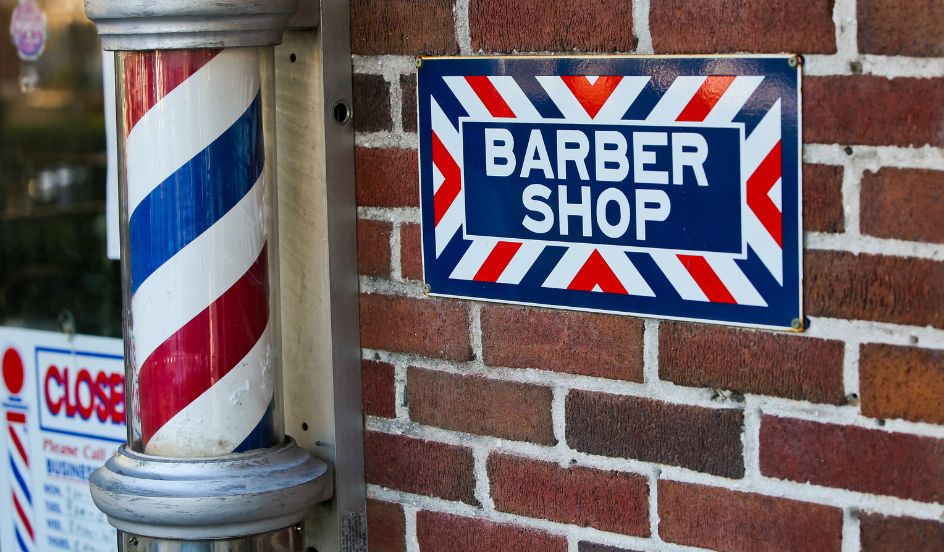The History Of Barbers
January 10th, 2017 / By Eastern College
Barbers not only cut and shaved the hair of others. The earliest barbers on record were priests and those involved in the medical profession.
Barbers often did double duty as surgeons and dentists, beginning in the Middle Ages. You could find them performing tasks such as bloodletting, surgery, and tooth extraction. In fact, at the time they were often referred to as “barber surgeons.”

Barbers have served many important roles throughout history, but their main focus has always been a good, clean shave.
Progression of the Profession
The first barbering school in the world was established in 1893 by A.B. Moler of Chicago. Soon, branches of the school appeared in nearly every major city in the United States.
However, there was no attempt to professionalize the work and add practices, such as scientific hair treatments, until 1920. This meant the schools were limited to teaching hair cutting, shaving, and similar practical tasks.
The Barber’s Pole
Outside of many barbershops you will see the iconic red, white, and blue pole. While it may initially seem like simple decoration, this is not the case. As you know, barbers also performed other tasks, such as tooth extractions and surgery.
The original poles were representative of this, with the brass wash basin at the top of the pole being the place where leeches would be kept, and the bottom basin where the blood would be received.
The pole between the two basins was the representation of the staff patients would often grip while they were undergoing the procedure, as it encouraged blood flow.
At a certain point, England required barbers to use a blue and white pole to mark their offices, and surgeons had to use a red one. Surgeons in France would employ red poles with basins at the bottom for their offices.
Today, the colours of the pole are said to represent two different forms of blood and the bandages you would need. The white portions of the poles, clearly, are the bandages. The red portions represent arterial blood, and the blue stood for venous blood.
Sound interesting? Then why not enroll in the Barbering program at Eastern College! We offer hands-on training at real barbershops, as well as CPR/First Aid and WHMIS training.
After graduating, you will be fully qualified to pursue a career in barbershops, salons, or even start up your own business. For more information, visit the Barbering program page.
